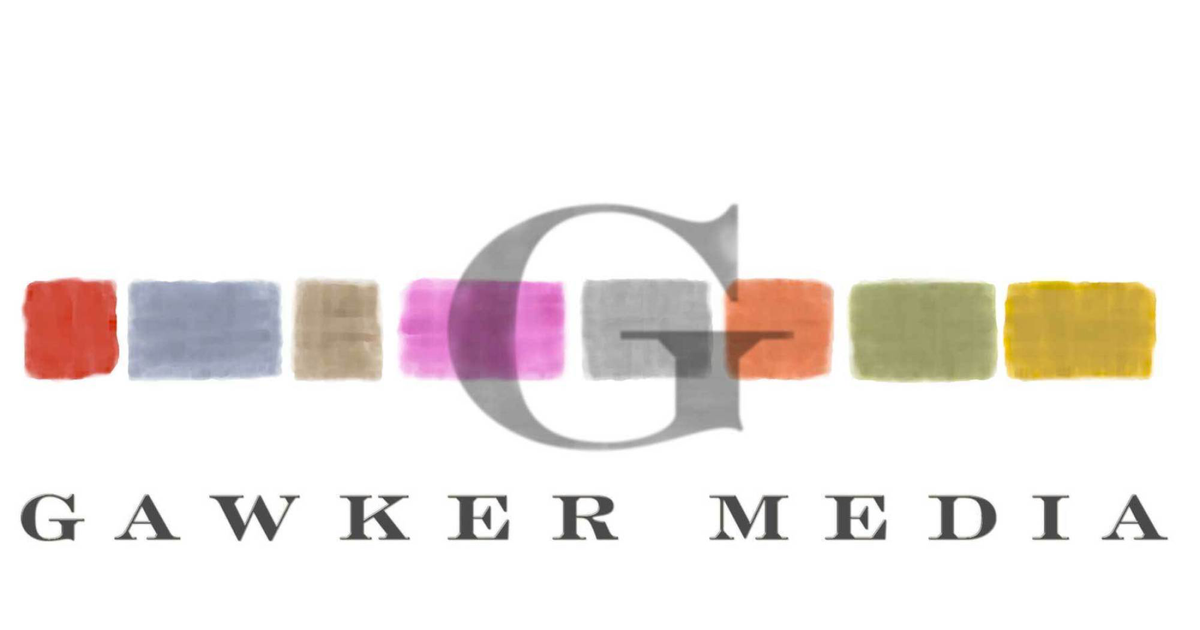
Advertisers such as Discover and BFGoodrich were either putting holds on their campaigns or pulling out entirely.” “The article, about the Condé Nast cfo’s futile effort to secure a remote assignation with a pricey escort, had become radioactive. “On Friday, I told my fellow managing partners - Nick Denton, founder and chief executive editor Heather Dietrick, president Andrew Gorenstein, president of advertising and partnerships Scott Kidder, chief operating officer, and Erin Pettigrew, chief strategy officer - I would have to resign if they voted to remove a story I’d edited and approved,” he continued. “I want to give you some sense of what happened within Gawker Media on Friday, and what has happened since, as a means of explaining why I have to resign as executive editor,” Craggs wrote to staff Monday.

Gawker founder Nick Denton, meanwhile, continued to defend the decision and insisting it was a one-time only reversal.

On Monday, Gawker executive editor Tommy Craggs and editor in chief Max Read resigned, citing that no one on the editorial staff at the company voted to take down the item. If you've got Ajax content that would otherwise be missed by Google, then by all means use the hash-bang syntax, just keep in mind that the hash-bang is basically a hack, not the cornerstone of a well designed URL.Įat at URLs photo by Scott Schiller/ Flickr/CC.Gawker Media is in the throes of an upheaval, following the r emoval of a controversial post on Friday that detailed the alleged sexual escapades of a senior executive at Condé Nast. If you'd prefer not to hang your site's fate on the most brittle part of the open web stack - JavaScript - make sure you have a publishing system that allows you to design your own URLs and then follow the established best practices for creating good URLs. As Davies writes, "if content cannot be retrieved from a server given its URL, then that site is broken." Think of hash-bang URLs as a worst practice of URL design. The problem in Gawker's case is that the URLs no longer point to actual content, everything depends on JavaScript parsing the hash-bang to retrieve the content. The #! URL syntax was especially geared for sites that got the fundamental web development best practices horribly wrong, and gave them a lifeline to getting their content seen by Googlebot.Īnd today, this emergency rescue package seems to be regarded as the One True Way of web development by engineers from Facebook, Twitter, and now Lifehacker.


 0 kommentar(er)
0 kommentar(er)
